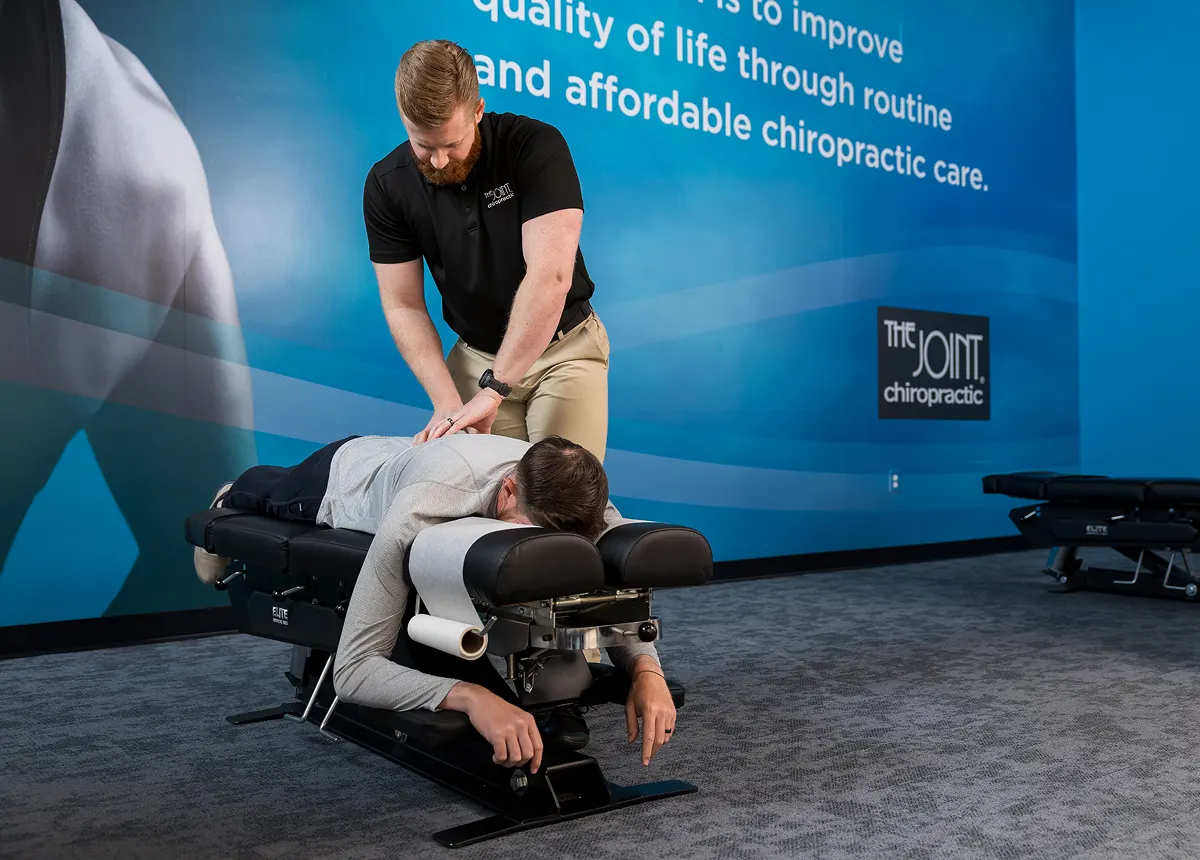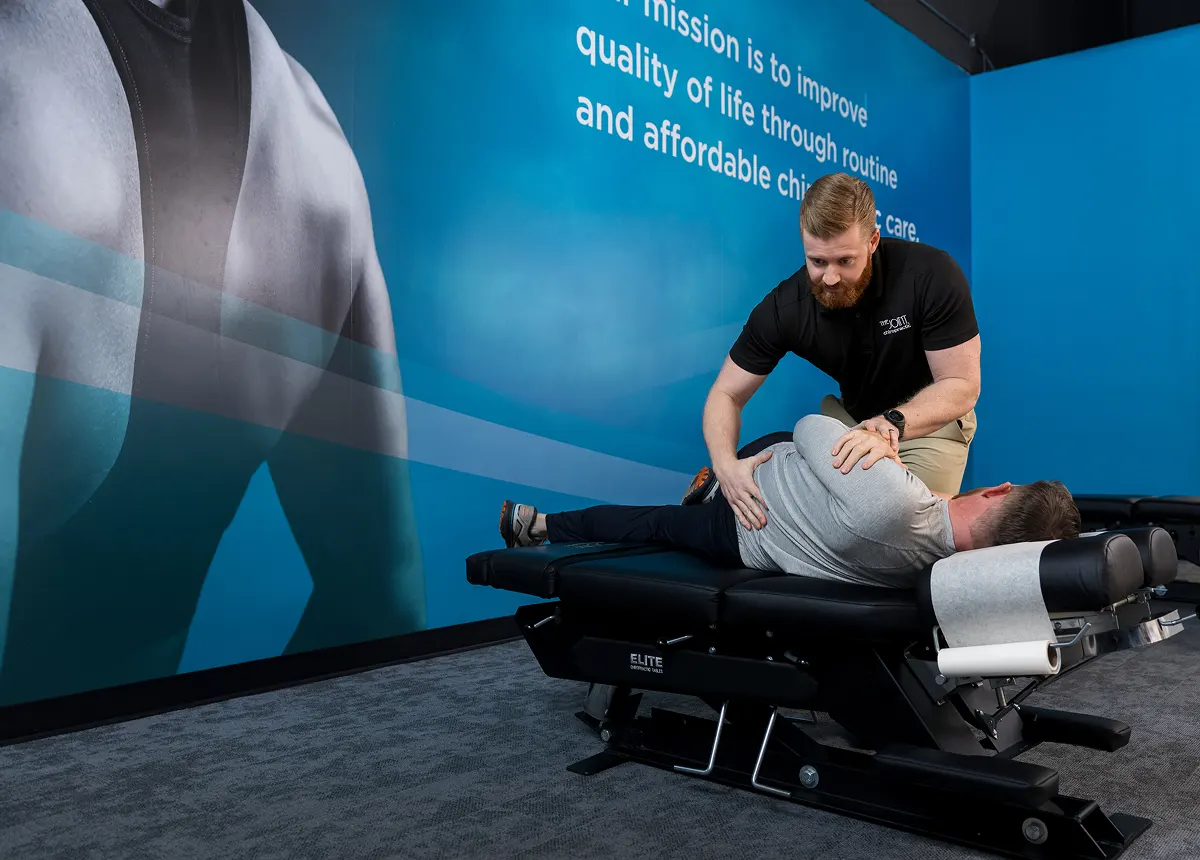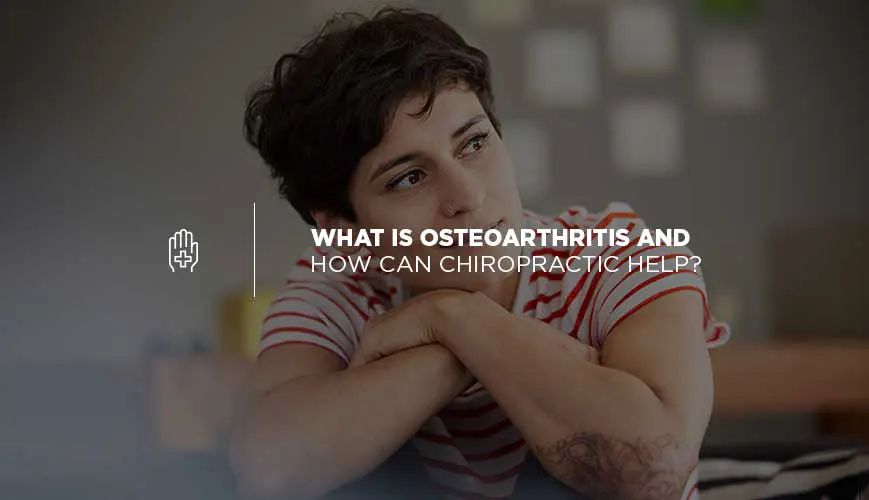1 Foster, A. L., Boring, M. A., Lites, T. D., Croft, J. E., Odom, E. L., & Fallon, E. A. (2025). Distribution of arthritis subtypes among adults with arthritis in the United States, 2017–March 2020. Preventing Chronic Disease, 22. https://doi.org/10.5888/pcd22.240393
2 Gerosa, M., De Angelis, V., Riboldi, P., & Meroni, P. (2008). Rheumatoid arthritis: A female challenge. Women’s Health, 4(2), 195–201. https://doi.org/10.2217/17455057.4.2.195
3 Van Hal, T. W., Mulder, M. L. M., Wenink, M. H., Pasch, M. C., Van den Hoogen, F. H. J., Van den Reek, J. M. P. A., & De Jong, E. M. G. J. (2022). Discovery of psoriatic arthritis in psoriasis patients for early rheumatological referral (dapper) study: A prospective observational cohort. Acta Dermato-Venereologica, 102. https://doi.org/10.2340/actadv.v102.2225















